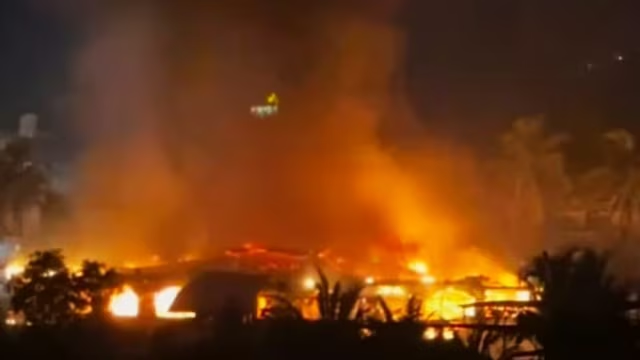In a bid for faster justice and transparency, Hir Prajapati, whose mother Kalpana Ben Prajapati was among those killed in the June 12 Air India AI-171 crash, has filed a lawsuit against Boeing in a US federal court.
Represented by aviation attorney Mike Andrews, the case seeks full access to raw black box data to determine accountability. Prajapati expressed frustration over protracted legal processes in India, saying, “In India, trials get dragged out for years. We are fighting the case in the US so that a decision is pronounced early.”

The lawsuit forms part of a broader legal effort involving around 65 victim families, all seeking greater disclosure and accountability via US courts.
A candlelight vigil marked two months since the tragedy, underscoring the families’ collective demand for answers and closure.
Hir Prajapati also acknowledged the support received from Indian authorities, stating: “We believe we will get justice… When the incident happened, the government helped us a lot. The police also helped us. We are thankful to the doctors too, who handed over the bodies to us after a swift DNA test.”

Air India Flight AI-171, a Boeing 787-8 Dreamliner bound for London Gatwick, crashed shortly after takeoff from Ahmedabad. With 242 people on board, the disaster claimed 241 onboard lives, injured one person, and resulted in 19 fatalities and 67 injuries on the ground.
The crash stands as India’s deadliest aviation accident in nearly three decades.
A preliminary investigation by the Air Accident Investigation Bureau (AAIB) revealed that the aircraft’s engines lost thrust due to fuel control switches shifting from "run" to "cut-off" seconds after takeoff — a technical anomaly flagged by a 2018 FAA advisory but not linked directly to Boeing or GE Aerospace in the report.

















